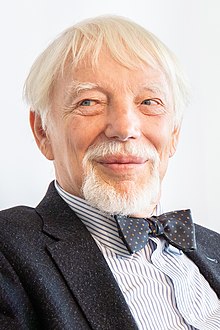Ancient Egyptian religion was a complex system of polytheistic beliefs and rituals that formed an integral part of ancient Egyptian culture. It centered on the Egyptians' interactions with many deities believed to be present and in control of the world. About 1,500 deities are known. Rituals such as prayer and offerings were provided to the gods to gain their favor. Formal religious practice centered on the pharaohs, the rulers of Egypt, believed to possess divine powers by virtue of their positions. They acted as intermediaries between their people and the gods, and were obligated to sustain the gods through rituals and offerings so that they could maintain Ma'at, the order of the cosmos, and repel Isfet, which was chaos. The state dedicated enormous resources to religious rituals and to the construction of temples.
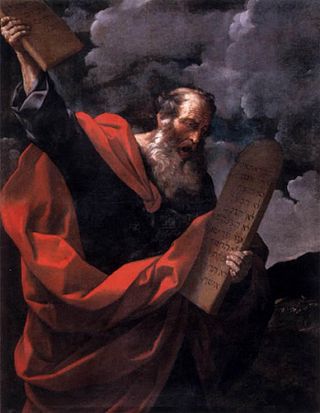
Moses was a Hebrew prophet, teacher and leader according to Abrahamic tradition. He is considered the most important prophet in Judaism and Samaritanism, and one of the most important prophets in Christianity, Islam, the Baháʼí Faith, and other Abrahamic religions. According to both the Bible and the Quran, Moses was the leader of the Israelites and lawgiver to whom the prophetic authorship of the Torah is attributed.

Akhenaten, also spelled Akhenaton or Echnaton, was an ancient Egyptian pharaoh reigning c. 1353–1336 or 1351–1334 BC, the tenth ruler of the Eighteenth Dynasty. Before the fifth year of his reign, he was known as Amenhotep IV.

The Exodus is the founding myth of the Israelites whose narrative is spread over four of the five books of the Pentateuch. The narrative of the Exodus describes a history of Egyptian bondage of the Israelites followed by their exodus from Egypt through a passage in the Red Sea, in pursuit of the Promised Land under the leadership of Moses.
Osarseph or Osarsiph is a legendary figure of Ancient Egypt who has been equated with Moses. His story was recounted by the Ptolemaic Egyptian historian Manetho in his Aegyptiaca ; Manetho's work is lost, but the 1st century AD Jewish historian Josephus quotes extensively from it.

Joseph and His Brothers is a four-part novel by Thomas Mann, written over the course of 16 years. Mann retells the familiar stories of Genesis, from Jacob to Joseph, setting it in the historical context of the Amarna Period. Mann considered it his greatest work.
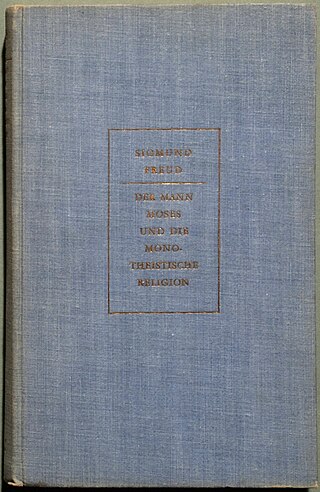
Moses and Monotheism is a 1939 book about the origins of monotheism written by Sigmund Freud, the founder of psychoanalysis. It is Freud's final original work and it was completed in the summer of 1939 when Freud was, effectively speaking, already "writing from his death-bed." It appeared in English translation the same year.
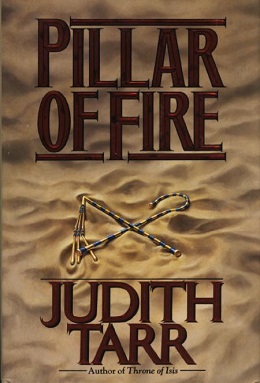
Pillar of Fire is a 1995 historical fantasy novel by Judith Tarr. It deals with the reigns of Egyptian pharaohs Akhenaten and Tutankhamun and the Exodus from the perspective of a Hittite slave girl of Ankhesenpaaten. It draws heavily on Ahmed Osman's suggestion that Moses and Akhenaten were the same person.

John Spencer (1630–1693) was an English clergyman and scholar, and Master of Corpus Christi College, Cambridge. An erudite theologian and Hebraist, he is best remembered as the author of De Legibus Hebraeorum, a pioneer work of comparative religion, in which he advanced the thesis that Judaism was not the earliest of mankind's religions.
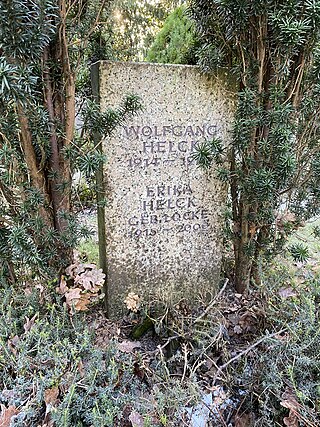
Hans Wolfgang Helck was a German Egyptologist, considered one of the most important Egyptologists of the 20th century. From 1956 until his retirement in 1979 he was a professor at the University of Hamburg. He remained active after his retirement and together with Wolfhart Westendorf published the German Lexikon der Ägyptologie, completed in 1992. He published many books and articles on the history of Egyptian and Near Eastern culture. He was a member of the German Archaeological Institute and a corresponding member of the Göttingen Academy of Sciences.
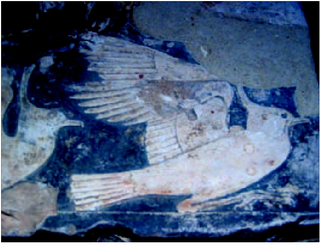
The word Rekhyt from Ancient Egyptian: rḫyt, also romanized as Rechit, referred to a people living in the northern Nile Delta in the Early Dynastic Period of Ancient Egypt, as well as the deity Rekhyt from the Middle Kingdom onwards. The Rekhyt people’s origins are unclear, as they were not yet considered Egyptians at the beginning of the 3rd millennium BC. Their settlement area extended to the border of Retjenu. Early inscriptions and monuments speak of the Rekhyt as mythological inhabitants of the Nile Delta, as all "northern enemies of Upper Egypt" were also among the "inhabitants of Qebehu".
Isfet or Asfet is an ancient Egyptian term from Egyptian mythology used in philosophy, which was built on a religious, social and politically affected dualism. Isfet was the counter to Maat, which was order. Isfet did not have a physical form. Rather, it was believed that Isfet was personified in the form of Apep. Isfet was important in Egyptian culture as Isfet showed that there is balance in the world.

Aleida Assmann is a German professor of English and Literary Studies, who studied Egyptology and whose work has focused on Cultural Anthropology and Cultural and Communicative Memory.
Alfred Wiedemann was a German Egyptologist. He was the son of physicist Gustav Heinrich Wiedemann and the younger brother of physicist Eilhard Wiedemann. He was a son-in-law to psychiatrist Carl Maria Finkelnburg (1832–1896).

Christian E. Loeben is a German Egyptologist.
Akhty was an ancient Egyptian deity. He was seldom mentioned.
Thomas Schneider is a German Egyptologist.
Eberhard Otto was a German Egyptologist.
The Exodus is the founding myth of the Israelites. The scholarly consensus is that the Exodus, as described in the Torah, is not historical, even though there may be a historical core behind the Biblical narrative.
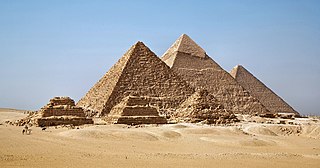
In ancient Egypt, the term house of eternity refers to a tomb that consists of a pit, a tomb shaft, or from mudbricks, which were later carved into rocks; or built on open land. Burial sites made of stone were a "sign of immortality", due to the long durability of stone. This was an ideal construction method that could be afforded by only a very few ancient Egyptians, due to its high cost. In ancient Egyptian mythology, the construction of a monument during one's own lifetime represented the most intensive representation with the connection of life; and the concept of living in the afterlife.
